HOOD RIVER, Ore. - Jumping off a bridge or going over a waterfall might not seem like the best way to cope after a deployment, but Soldiers at Joint Base Lewis-McChord did just that earlier this week with the Warrior Adventure Quest program following yearlong deployments to Iraq and Afghanistan.
The program, which started two years ago, created a safe environment through bungee jumping and white river rafting for Soldiers to learn how to cope with the high levels of adrenaline they faced during their deployment.
The program included other extreme sports, such as paintball and rock climbing, and left it up to the platoon to decide what would be the best fit for their troops.
"After establishing a whole year of having that adrenaline, they need to be trained on the actuality of getting rid of it and the knowledge that they may not get rid of it, but there are safe activities to create that rush," said Amiia Coffey, Warrior Adventure Quest program manager.
The adrenaline issues begin at a very early stage when they start training for a deployment, Coffey explained. As the Soldiers prepare to deploy, their adrenaline levels start to rise. The frequent adrenaline rushes that Soldiers feel during training continue throughout deployment, creating a higher level that eventually becomes normal and stabilizes. This new level of normalcy stops Soldiers from coming down from adrenaline highs. Then they are brought right back into civilian life where they are expected to quickly adjust.
"Guys come back and just get out of control," said Staff Sgt. David Wasierski, a sniper section leader with 2nd Battalion, 1st Infantry Regiment, 2nd Brigade, 2nd Infantry Division. "It's like they've been leashed up for 12 months and that's (only) half of it."
"The reason that they can't relax, the reason they don't know why they are so aggressive, the reason they have all these aberrant behaviors is because their adrenaline is so high, and it's basically a chemical imbalance in their head," Coffey said. "Your body wants to get to that level again and again - you don't know why you're so aggressive - you don't know why your road rage is so high."
Platoons started the training in the classroom so they could learn how adrenaline had affected their bodies over the course of the deployment. The lectures focused on the chemical and hormonal responses that high-levels of adrenaline create inside the body.
"A lot of time they come to the classes they don't realize that this is a chemical inside them that is really hard to come down off of," Coffey said. "During the training we do, you can see the light bulbs coming on. (They say) 'oh that's why I'm fighting with people; oh that's why I'm trying to find something else.'"
Coffey said because of the type of events the Soldiers participate in, they create a sense of anticipation that ends with an adrenaline rush.
When they get on the bus to go bungee jumping or white river rafting, she said, they start thinking more about what they are going to do, and the adrenaline issues start to become clearer.
At the rafting course, only one Soldier jumped into the water at a time. As the platoon watched one of their teammates take the plunge, the anticipation built as they wait for their own turn. Slowly the adrenaline levels increased until it peaked when they made their jump.
Once on the water, the rafters followed an eight and a half mile course that included a series of rapids that culminated with a trip over Hood River's 12-foot waterfall called Husum Falls. As they traveled from calm waters to rapids and eventually over the waterfall, their adrenaline levels rose and fell.
When the Soldiers were deployed, the adrenaline rush was not one they chose to create, Coffey said. It was done to protect their fellow Soldiers and to aid the people of Iraq and Afghanistan and support our nation. The Warrior Adventure Quest lets them make the choice to create an adrenaline rush not provoked by war.
Following the adrenaline-packed experience, the Soldiers conducted a Leader Led After Action Debrief that compared the event to their deployment.
"My goals were to get the soldiers to relate and open up," Wasierski said." I know that sometimes when I'm wearing staff sergeant rank and ACUs, and they come up and talk to me they might not be thinking that this is a guy I can just talk to. But being in this environment where we are all having fun together, it is a lot easier to come up and talk.
"We're here to listen and deal with any issues they may have, and we're probably the only people who will really understand what they went through, because we went through it with them," Wasierski said.
Sgt. 1st Class Raymond Piper is assigned to the I Corps Public Affairs section; his story appeared in Joint Base Lewis-McChord's weekly newspaper, the Northwest Guardian.
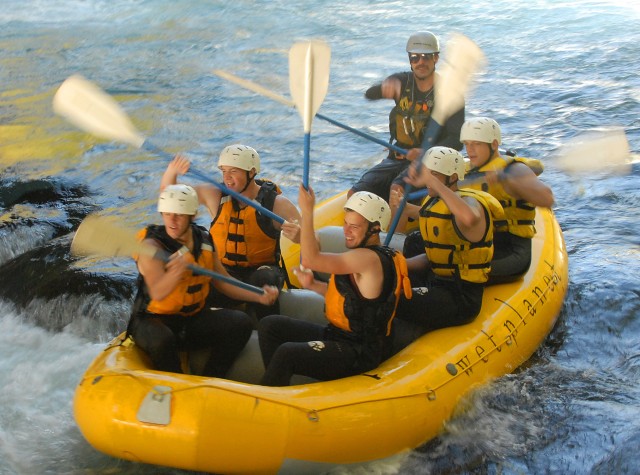
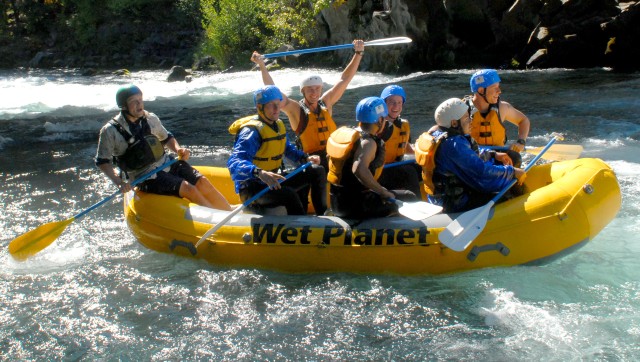
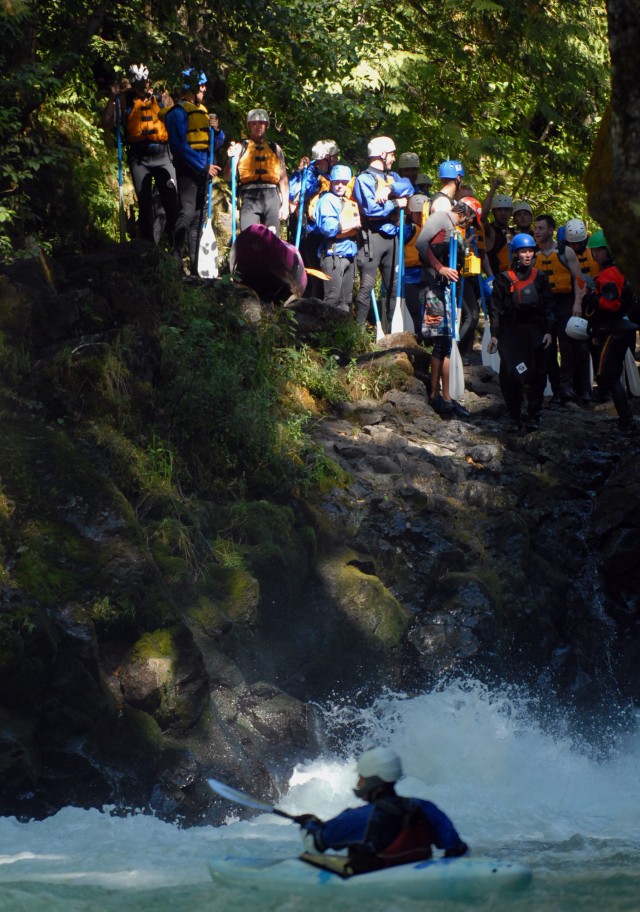


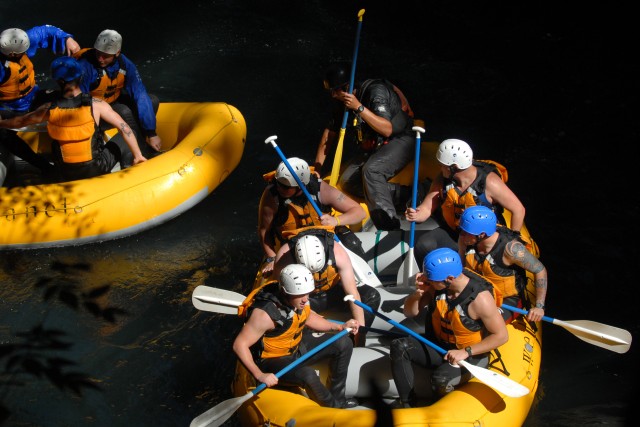
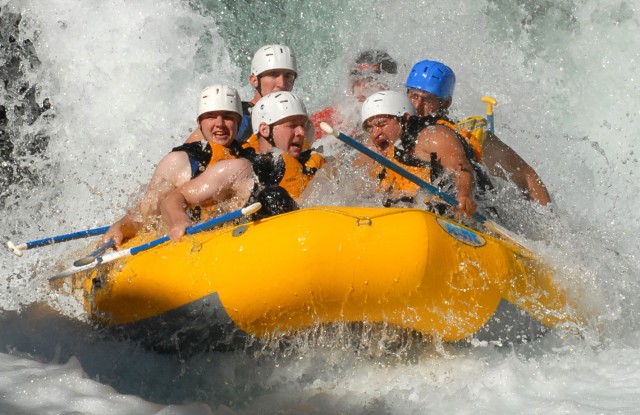
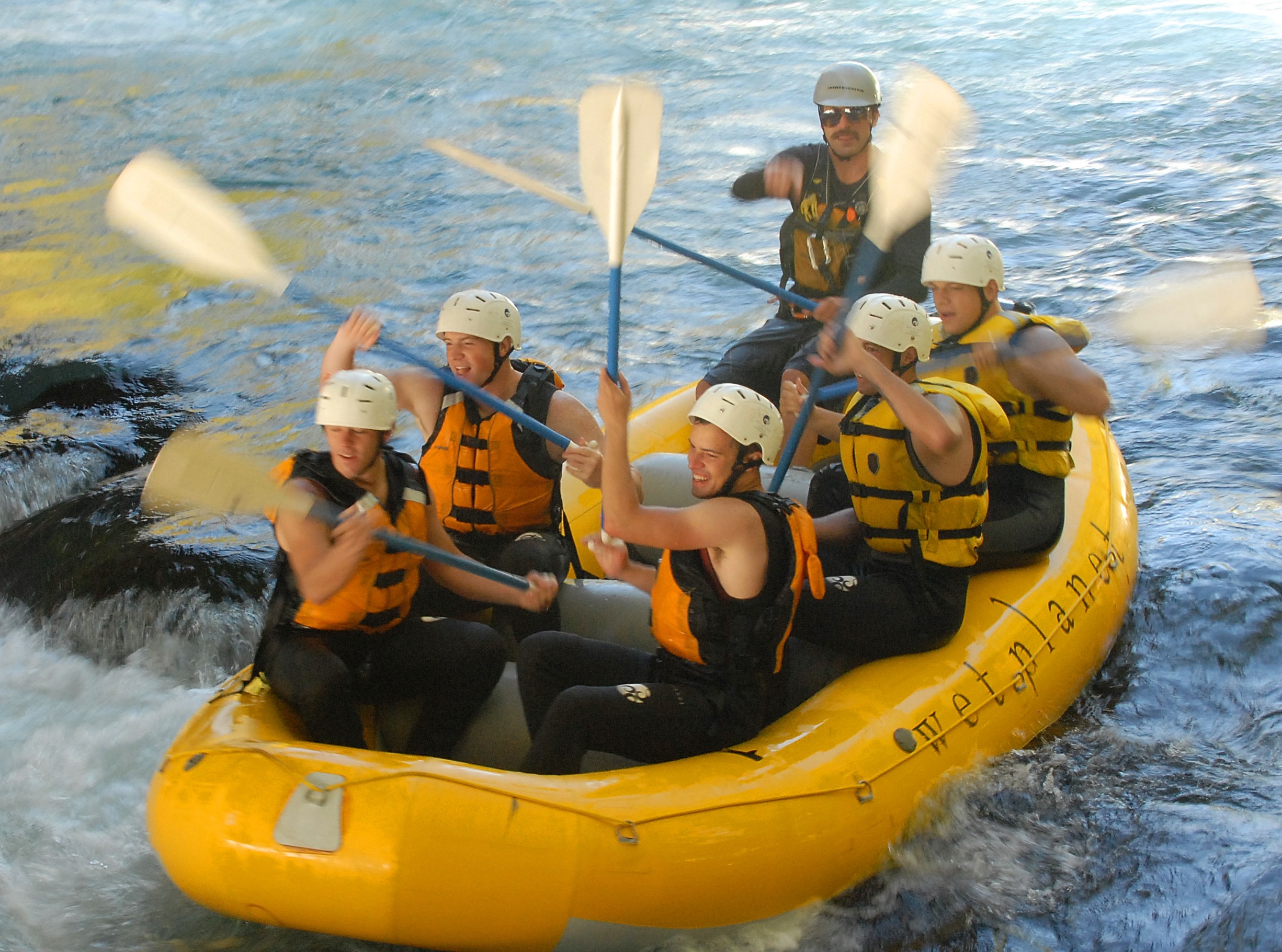
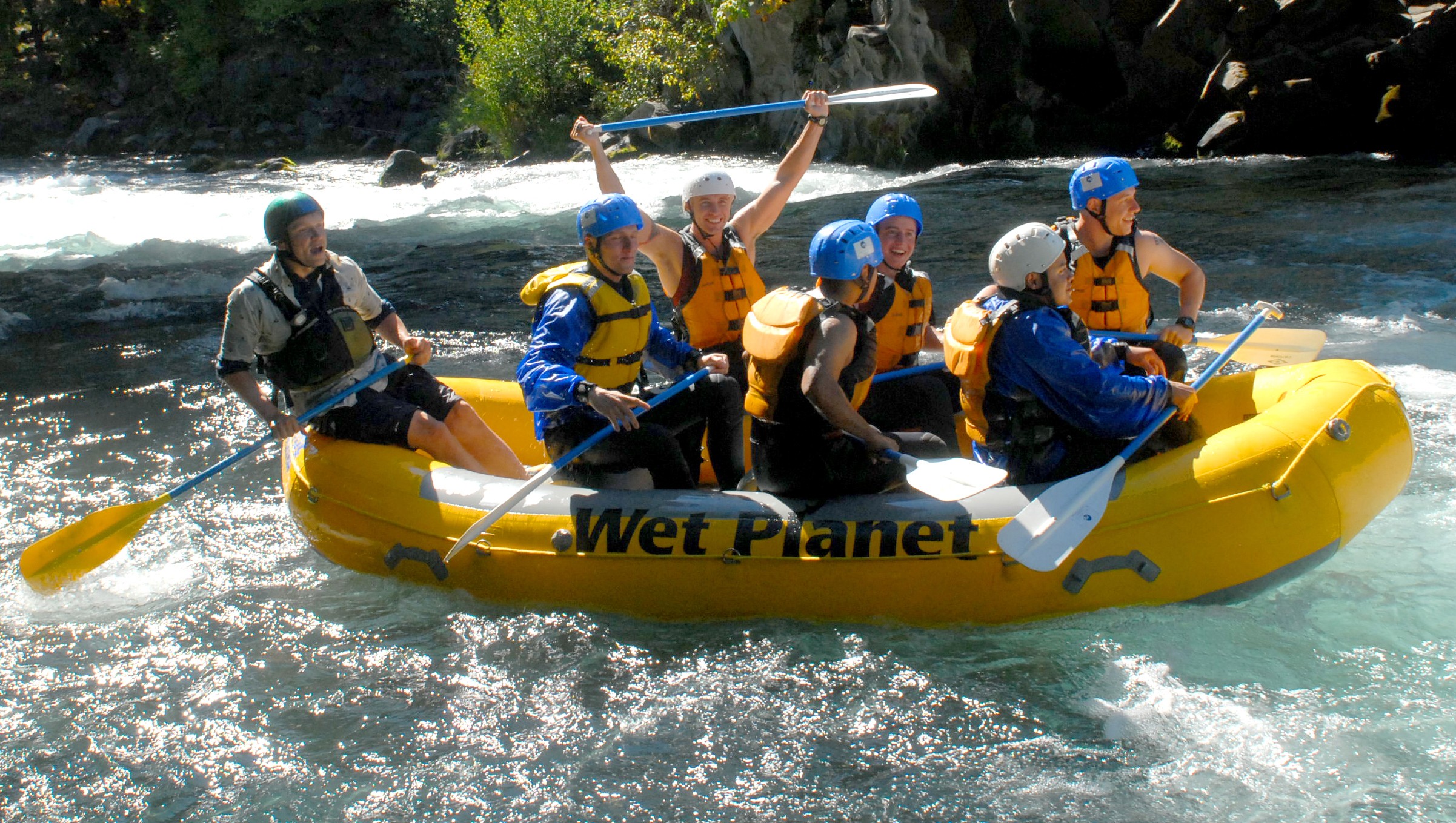
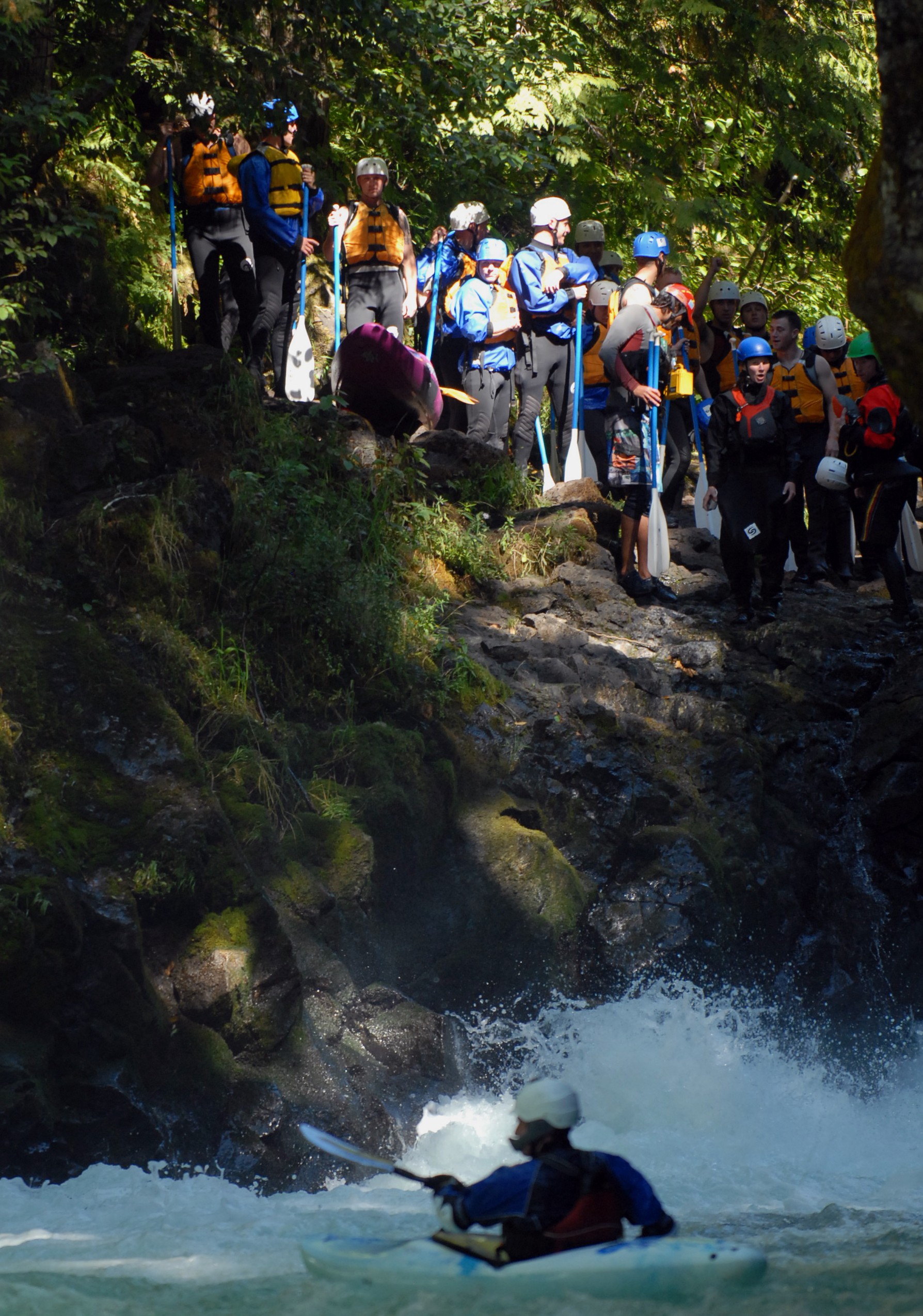
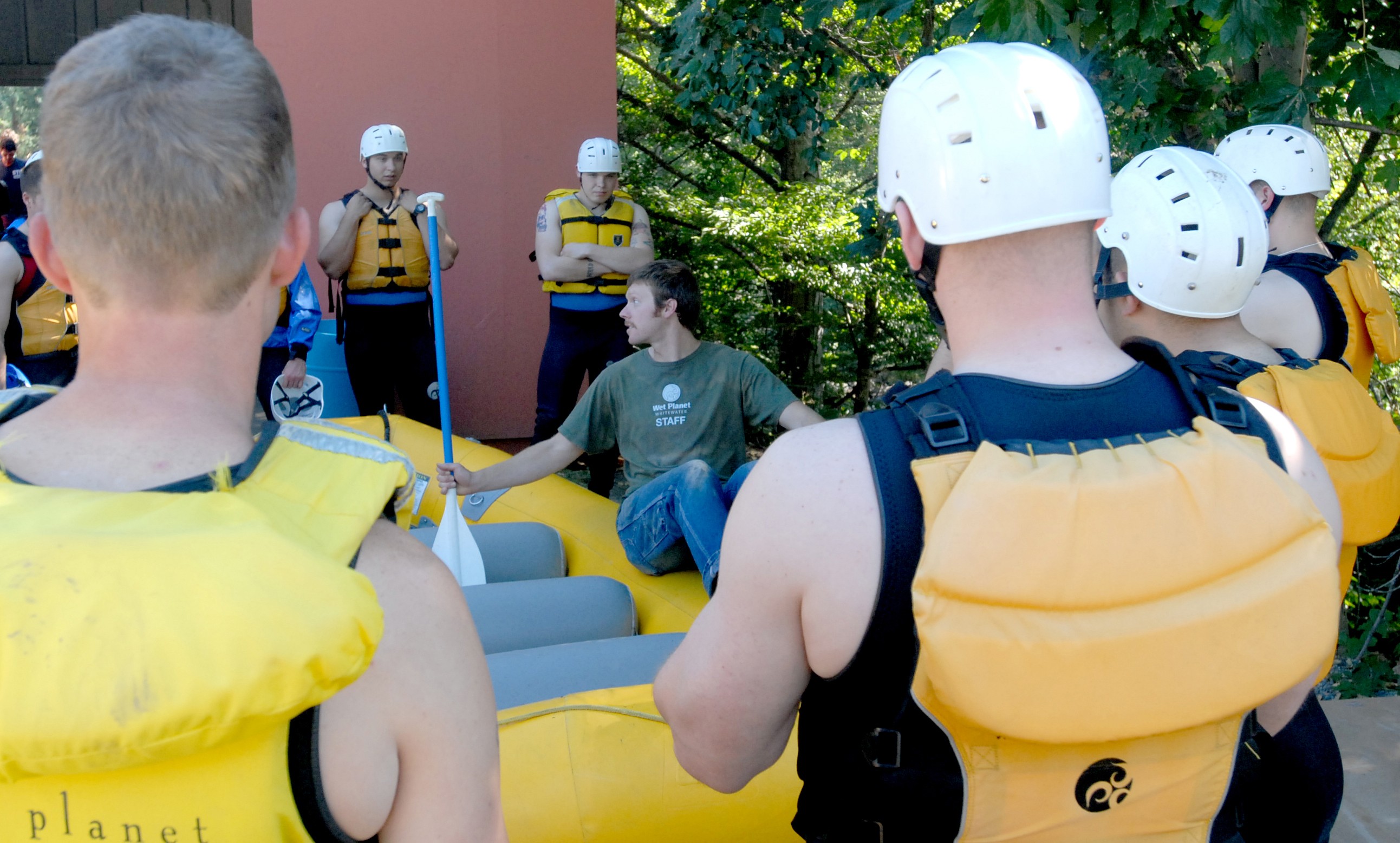
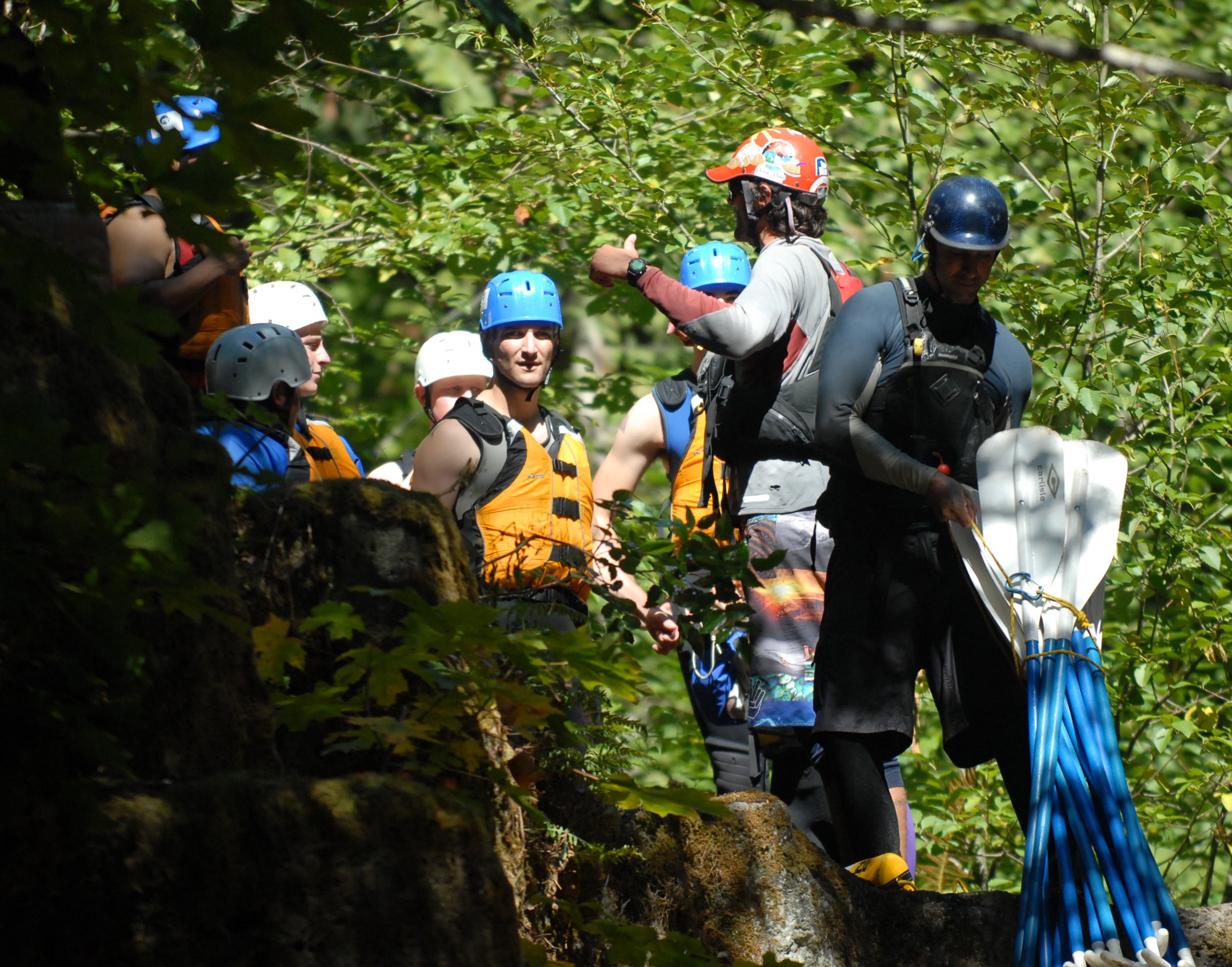

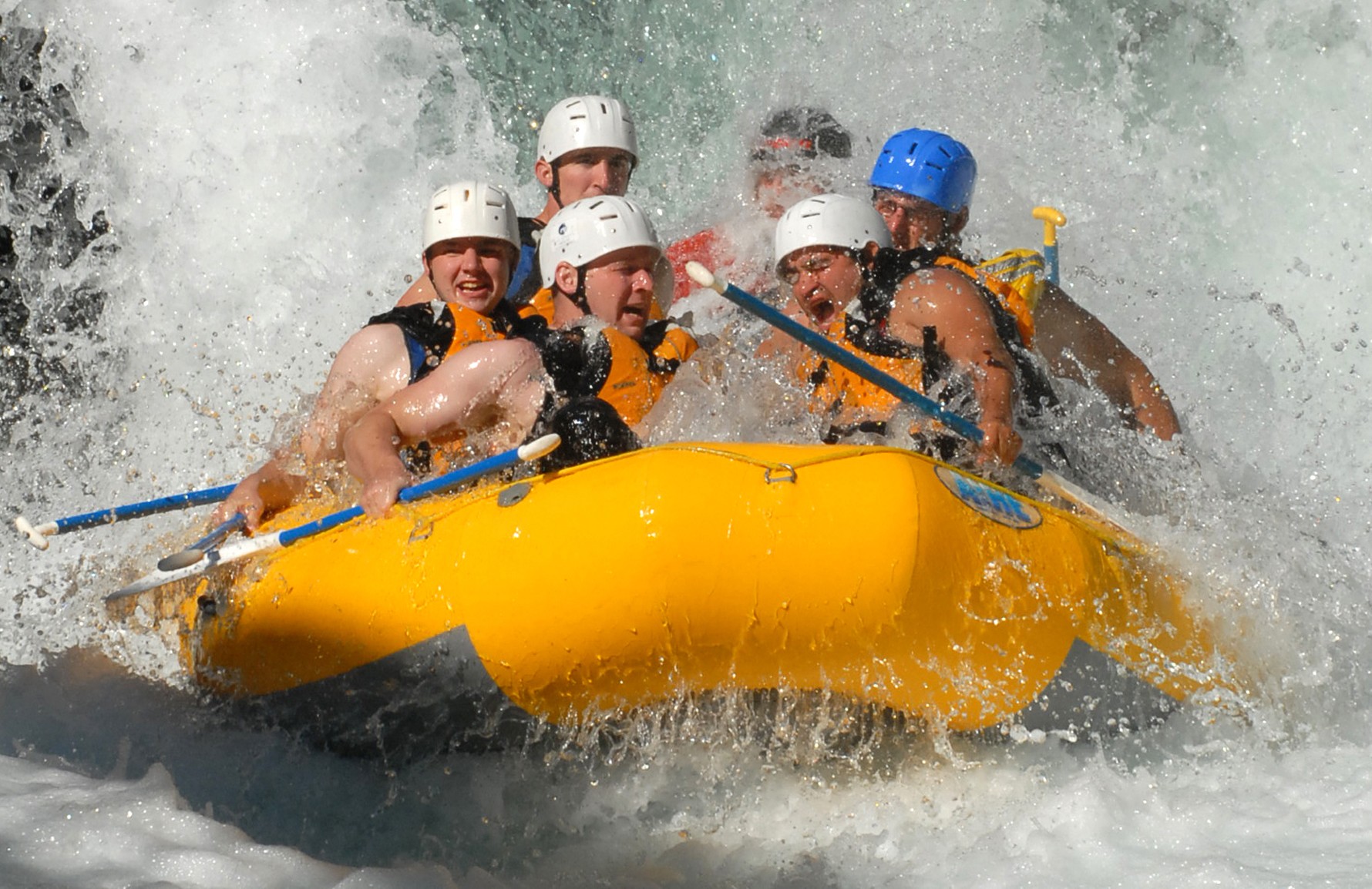
Social Sharing